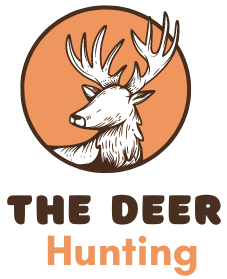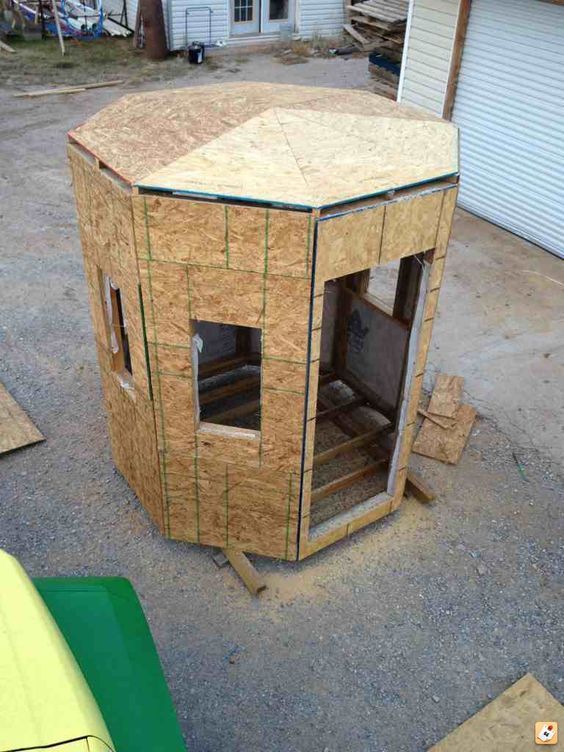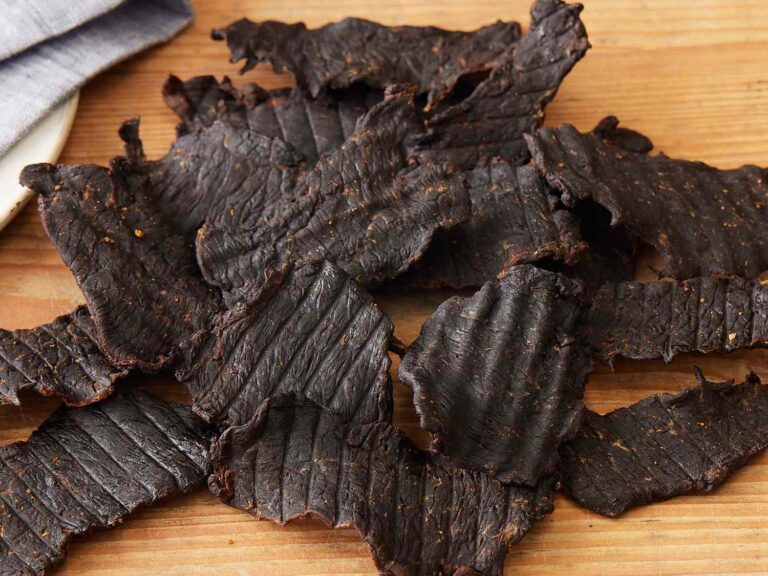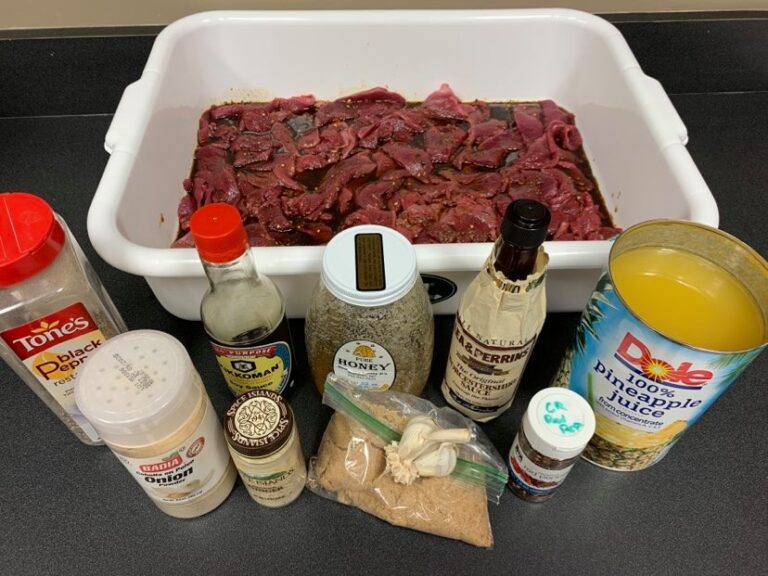New York Deer Population: Surprising Growth and Challenges
New York is home to a diverse deer population. These graceful creatures roam forests, fields, and even suburban areas.
Understanding the deer population in New York is important for both wildlife enthusiasts and residents. In recent years, the numbers of deer have fluctuated due to various factors such as changes in habitat, hunting regulations, and natural predators. This blog post will explore the current status of New York’s deer population, the factors influencing their numbers, and what this means for the environment and local communities.
Whether you are a nature lover, a hunter, or simply curious, this information will provide valuable insights into the lives of these fascinating animals. So, let’s dive into the world of New York’s deer population.
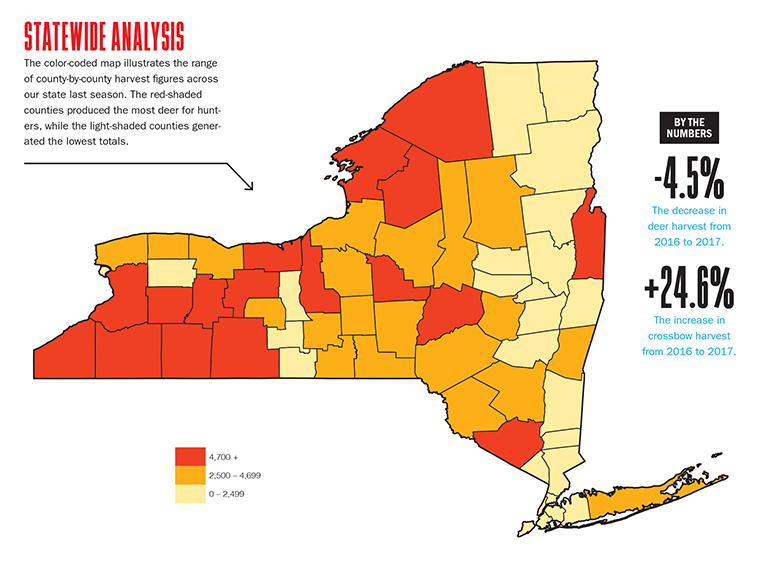
Credit: www.gameandfishmag.com
Historical Context
The New York deer population has fluctuated over the years due to changes in hunting regulations and habitat. Efforts to manage deer numbers continue to evolve to balance ecological impact and human interaction.
Early Population Trends
Deer in New York were not always plentiful. In the early 1900s, numbers were very low. Overhunting and habitat loss were the main reasons. Deer faced hard times. People realized the problem. They started to take steps to help.
Conservation Efforts
Conservation efforts began to save the deer. Laws were made to protect them. Hunting was controlled. Forests were preserved. Deer populations started to grow. People saw more deer in the woods. These efforts helped deer come back strong.
Current Population Statistics
The deer population in New York has seen a steady increase. Recent statistics show significant growth, impacting local ecosystems. This rise in numbers requires careful management to maintain balance.
Recent Growth Figures
The deer population in New York has seen steady growth. In 2020, the numbers were about 1.2 million. By 2022, this increased to 1.3 million. These figures show an annual growth rate of around 4%. Factors like mild winters and ample food supply help this growth.
Geographical Distribution
Deer are spread across various regions in New York. The Adirondack Mountains have a high concentration. Catskill Mountains also host many deer. Rural areas generally see more deer. Urban areas have fewer sightings. Some deer adapt well to suburban regions.
Factors Contributing To Growth
Forests and fields are growing. Deer need room to live. New York has many forests. People plant trees and build parks. These places are safe for deer. Deer find food in these areas. They find places to hide. This helps their population grow.
Deer adapt to new places. City parks are homes for them too. They live near people. They find food in yards. This makes their population bigger.
Predators are fewer now. Wolves and big cats are rare. This means more deer survive. Deer live longer. They have more babies. This makes their numbers grow.
Humans hunt less now. Hunting rules protect deer. Deer populations rise because of this. Deer have more time to grow old. They have more babies. This helps the population increase.
Credit: extapps.dec.ny.gov
Ecological Impact
The deer population in New York affects the forest ecosystem. Deer eat many plants. This reduces plant diversity. Fewer plants mean fewer homes for insects and birds. Deer also eat young trees. This stops new trees from growing. Without new trees, forests can become open fields. This changes the whole ecosystem.
Deer have a big impact on biodiversity. They eat many different plants. Some plants can disappear because of deer. This affects other animals too. Birds, insects, and small mammals lose their homes and food. This leads to fewer species in the area. The balance of nature changes. Deer overpopulation can harm the whole ecosystem.
Human-wildlife Conflicts
Deer often eat crops and plants. This causes significant losses for farmers. They damage corn, soybeans, and orchards. The loss impacts farm income. Farmers may use fences to protect crops. But, this can be costly. Deer also eat garden plants. This affects local gardeners too.
Collisions with deer are common on roads. This causes damage to vehicles and can injure people. Deer crossings are frequent in rural areas. Drivers need to be alert, especially at dawn and dusk. Reflective road signs help to warn drivers. But, accidents still happen. Insurance claims from deer collisions are high. This increases costs for everyone.
Management Strategies
Hunting rules help to keep deer numbers in check. Hunters need a license. They can hunt only in certain seasons. There are limits on how many deer they can take. This helps prevent overhunting and keeps the deer population healthy. These rules also protect the environment.
Other methods also help control deer numbers. Birth control can reduce deer births. Relocation can move deer to less crowded areas. These methods help balance the deer population. They also reduce conflicts between deer and humans. Healthy deer numbers ensure a balanced ecosystem.
Community Involvement
The community is involved in managing the New York deer population. Volunteers help track deer numbers and support local conservation efforts.
Public Awareness Campaigns
Public awareness campaigns help educate people about deer populations. These campaigns share information on how to coexist with deer. They explain the importance of not feeding wild deer. This helps keep both deer and people safe. Learning about deer behavior can prevent accidents. It also helps protect the environment. Schools and local groups often hold these campaigns.
Volunteer Programs
Volunteer programs offer chances to help with deer management. People can join local groups to track deer numbers. They help collect data and report sightings. Volunteers also assist in habitat projects. This helps create safe spaces for deer. Community involvement is key in these programs. It builds a stronger connection with nature. Volunteers learn much about deer and their needs. This knowledge can be shared with others.
Future Projections
Deer numbers in New York are growing. This growth is steady. We see more deer each year. These numbers might keep rising. More deer means more challenges. It affects our environment and our gardens.
Managing deer is crucial. We need balanced plans. These plans help keep deer numbers in check. Good management protects nature. It also helps farmers and towns. Sustainable plans are key for the future.

Credit: www.researchgate.net
Frequently Asked Questions
What Is The Current Deer Population In New York?
The current deer population in New York is approximately 1. 2 million. It has been steadily increasing over the past years.
Why Is The Deer Population Growing In New York?
The deer population is growing due to fewer natural predators and increased food availability. Conservation efforts also play a role.
How Does The Deer Population Impact New York?
High deer populations can lead to overgrazing, affecting local flora. They also increase risks of vehicle collisions and Lyme disease.
What Measures Are Being Taken To Control The Deer Population?
New York implements controlled hunting seasons and promotes natural predators. Wildlife management programs are also in place to maintain balance.
Conclusion
The New York deer population remains a vital topic for many. Understanding their habits helps in managing the numbers. Residents can contribute by reporting sightings and following local guidelines. Wildlife experts continue to monitor and support a balanced ecosystem. Let’s work together to ensure a healthy deer population.
This cooperation benefits both the community and the environment. Staying informed is key. Thank you for reading and caring about New York’s wildlife.
